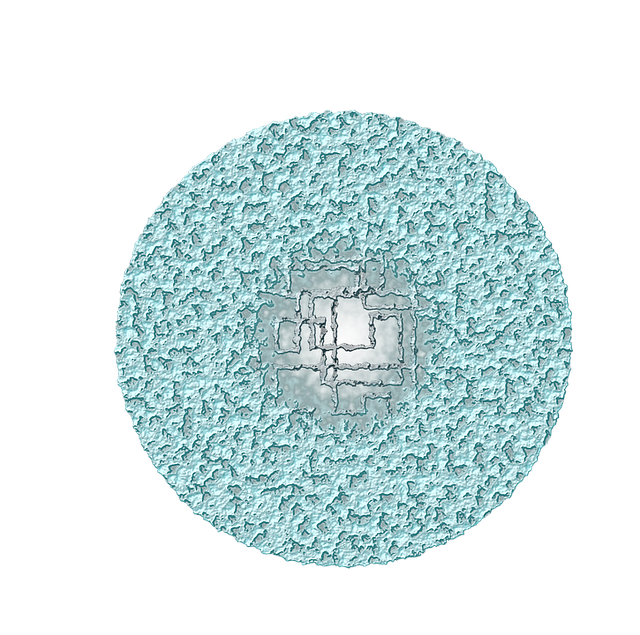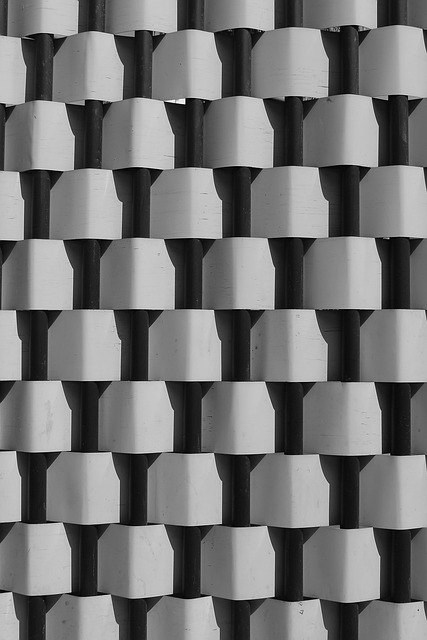Muscle soreness, caused by micro-tears in fibers, leads to inflammation and pain. Kratom, a natural herb from Mitragyna speciosa tree, offers long-term relief without caffeine's stimulating effects. It interacts with opioid receptors, providing pain and muscle soreness reduction while avoiding jittery side effects common in high-caffeine products. As an alternative to traditional stimulants, kratom gains popularity for its gentle energizing effects and relaxation benefits, appealing to those seeking "does kratom have caffeine?" answers for chronic pain management and muscle recovery.
“Experience nagging muscle soreness? Discover how kratom could offer natural relief. This comprehensive guide delves into the science behind muscle aches, exploring their causes and the potential benefits of this herbal alternative. We shine a light on kratom as a pain reliever, examining its unique properties and distinct advantages over traditional methods. Additionally, we unravel the mystery of kratom’s caffeine content and its unexpected link to enhanced energy and accelerated recovery. Find out if kratom could be your new secret weapon against muscle soreness.”
- Understanding Muscle Soreness and Its Causes
- Exploring Kratom: A Natural Alternative for Pain Relief
- Does Kratom Have Caffeine? Unraveling the Connection to Energy and Muscle Recovery
Understanding Muscle Soreness and Its Causes

Muscle soreness is a common issue that can arise from various activities, including intense workouts, sports, or even everyday tasks that put stress on our bodies. It’s essentially a response to micro-tears in muscle fibers caused by physical exertion. This process leads to inflammation and subsequent pain, often felt as a deep ache or stiffness. Understanding the root causes of muscle soreness is key to managing it effectively.
While many turn to stimulants like caffeine for quick relief, kratom—a natural herb known for its analgesic properties—is gaining attention as an alternative. Unlike caffeine, which provides a temporary boost but doesn’t address underlying pain signals, kratom has been traditionally used for its ability to reduce muscle soreness and promote relaxation without the stimulating effects of caffeine. This makes it a potential game-changer for folks seeking long-term relief from achy muscles.
Exploring Kratom: A Natural Alternative for Pain Relief

Kratom, derived from the leaves of the Mitragyna speciosa tree, has gained attention as a natural alternative for pain relief and muscle soreness. Often touted as an herbal remedy, kratom is known for its diverse range of effects on the body, including analgesic (pain-relieving) properties. Unlike traditional painkillers, kratom interacts with opioid receptors, offering a unique approach to managing discomfort.
Unlike many stimulants, kratom does not contain caffeine and instead produces gentle energizing effects while promoting relaxation. This makes it an appealing option for those seeking relief from muscle soreness without the jitters associated with caffeinated substances. The plant’s active compounds have been studied for their potential in mitigating chronic pain, making kratom a subject of interest in both complementary and alternative medicine circles.
Does Kratom Have Caffeine? Unraveling the Connection to Energy and Muscle Recovery

Kratom, a natural herb derived from the Mitragyna speciosa plant, has gained popularity for its various medicinal properties, including potential muscle soreness relief. One common question among users is whether kratom contains caffeine and if this substance contributes to its energy-boosting effects. Interestingly, while both kratom and caffeine stimulate the central nervous system, they do so through different mechanisms.
Kratom’s energizing properties are primarily attributed to its unique chemical composition, particularly mitragynine and 7-hydroxymitragynine. These compounds interact with opioid receptors in the brain, leading to feelings of euphoria, reduced pain, and increased alertness. Unlike caffeine, which blocks adenosine receptors, kratom’s interaction is more nuanced. This subtle difference makes it a compelling alternative for those seeking energy without the jittery side effects often associated with high-caffeine consumption. Understanding these distinctions can help users make informed choices regarding their muscle recovery routines.
Kratom emerges as a promising natural alternative for muscle soreness relief, offering potential benefits beyond its well-known stimulatory effects. While it’s known for containing compounds that can provide energy, research hints at its ability to aid in recovery without the jitters associated with caffeine. Understanding how kratom interacts with our body’s pain receptors and its gentle yet effective approach to muscle soothing is crucial. However, further studies are needed to fully explore its efficacy and safety, especially regarding dosages for specific conditions. In the meantime, many users find relief from muscle soreness in a natural, plant-based solution. Remember that, as with any supplement, consulting a healthcare professional before incorporating kratom into your wellness routine is essential, particularly if you have existing medical conditions or are taking other medications.














